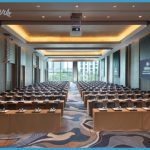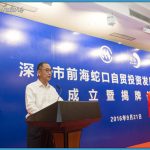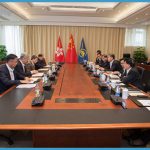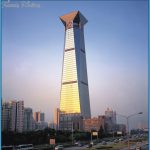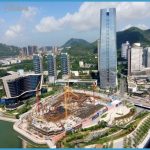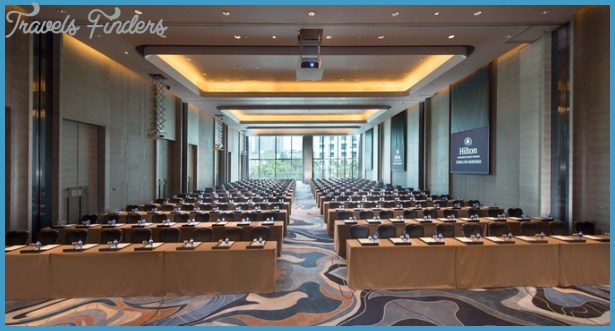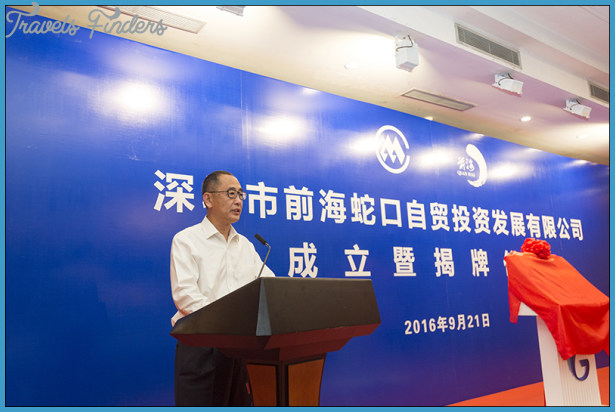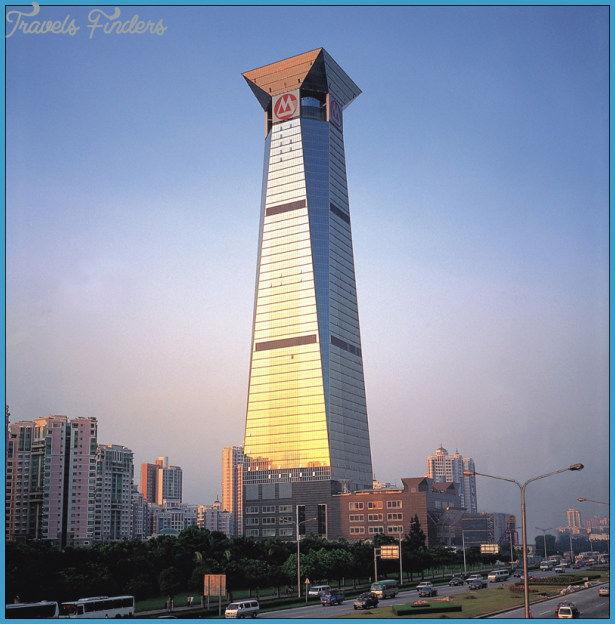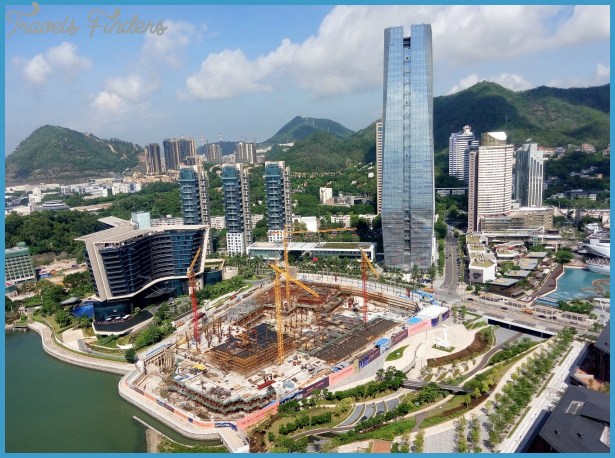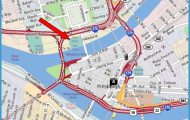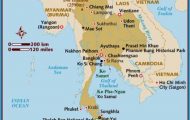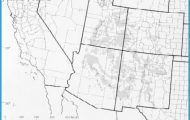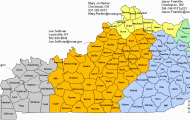At the time of the foundation of the Special Economic Zone, several parts of Shenzhen were parcelled out to various organisations to administer as they wished. In the case of Shekou the organisation in question was China Merchants Group. Actually in some ways it’s more accurate to say that it was handed out to Yuan Geng who used China Merchants as his vehicle. First, China Merchants.
China Merchants has a long history in China. During the 1890s, as the Qing dynasty teetered on the brink of collapse, a group of Chinese, some with foreign experience and connections, managed to convince the young Guang Xu Emperor that salvation lay in westernising and modernising. Thus began the Hundred Days reform of 1898. Backing, albeit rather ambiguously, the reforms, was Li Hongzhang. Li was Viceroy of Zhili, the area around Beijing and was probably the most powerful Chinese in the Empire. He wielded great military power combined with powerful social networks, which excluded the Manchu elite. Some say that Li was the first warlord, the first of the generation of political bosses with personal armed forces who ruled vast tracts of land and were the scourge of China in the early years after the 1911 Chinese Revolution. Ultimately Li betrayed the reform and restored the power of the Manchu princes and the Empress Dowager, but not before he had strengthened his own position by establishing the bones of a modern navy and army.
The period leading up to the Hundred Days Reform saw the establishment of several modern European style companies that were meant to compete with the Western traders around the China Coast on their own terms. One such company, established by Li Hongzhang, was China Merchants Steamship Navigation, which had the monopoly of coastal tribute rice shipments, a source of great wealth for Li. When the Communists finally nationalised all private businesses in 1955, there were several shell companies left standing for various purposes, usually based theoretically in Hong Kong or Macao. One of those companies was China Merchants. Its choice as the developer of Shekou was yet another signal from Deng Xiaoping to Hong Kong and Macau that business was back in business and that all sorts of things which had been strictly taboo for the past thirty years could be re-examined.
But actually China Merchants was just a vehicle for Shenzhen’s most fascinating character, Yuan Geng.
In the 1970s, Yuan was one of two Shenzhen natives in the Central Government. During World War II, he was head of the liaison department of the East River Column, a Communist led brigade that operated against the Japanese from its base in Huizhou forty miles from Shenzhen. In this capacity he liaised with US forces as they planned landings on the South China Coast during 1945. He was highly commended by US military figures, something that he lived to regret during the Cultural Revolution when this was quoted as evidence that he had been an American spy. Subsequently he undertook extremely sensitive security roles in Cambodia and Indonesia during the overseas visits of President Liu Shaoqi during the early 1960s.
Liu Shaoqi along with Deng Xiaoping were the prime targets of the Cultural Revolution. Yuan’s close relationship with Liu made him a suspect at the time and he spent eight years in prison during the 1960s and 1970s as an American spy. However, on his release his very status as a prisoner ensured his rehabilitation and rise to prominence.
He was close to the leaders who came to power after the restoration of Deng Xiaoping. The other Shenzhen native in the central government at the time was the Vice-Minister of Communications, Zeng Sheng. Zeng had been Yuan’s boss during World War II in his capacity as the general of the East River Brigade and he had a great respect for Yuan. He charged Yuan with reviving China Merchants, which at the time came under the umbrella of the Ministry of Communications. One of Yuan’s proposals was to build an industrial zone similar to the export processing zones in Taiwan. Since he was a Shenzhen native, he proposed Shekou as the locale of his zone. He did this in a memorandum to Li Xiannian, one of the elders who led the movement against the Gang of Four. Attached to the memo was a map of Hong Kong upon which, in red pencil, Yuan drew a line around Shekou. Li responded by drawing a black pencil line across the Nanshan Peninsula. All within the line was to be Geng’s export zone.
On 6 January 1979 the Guangdong Party Committee and the Ministry of Communications approved the zone. With the active support of the Commission for Imports and Exports, then under future President Jiang Zemin, on 2 February 1979 the State Council approved the zone. On 8 July 1979 an explosion at Shekou started the quarrying for reclamation of land for industry. This became known as the First Blast of Reform and Opening. This was actually before the establishment of the SEZ. So Yuan is the father of industrialisation in Shenzhen.
Just how independent of the rest of China Yuan was is demonstrated by some of his initiatives. In the mid 1980s he even introduced limited democracy and a freer press in Shekou. In 1983 all members of the management committee of the Shekou zone were elected with fixed terms by public polling. And the Shekou Bulletin, his newspaper, could famously say whatever it liked as long as it didn’t advocate the overthrow of the government.
Yuan’s various slogans were well known around Shenzhen and quickly became more widely known in China. In 1984 Shenzhen had a float in the Beijing parade celebrating the 35th anniversary of the establishment of the People’s Republic of China. It was only eight years after the end of the Cultural Revolution and, in the minds of most, Chinese slogans meant Maoist slogans. The float which prominently displayed Yuan’s slogans Time is money and Efficiency is life shocked the country. They were all the more shocking because at that time efficiency was a coy euphemism for profit.
He was famous for his financial acumen. During the early 1980s, all financial transactions in Shekou were in cash, which was both impractical and dangerous. To resolve these problems, Yuan established a clearinghouse which subsequently became China Merchants Bank. He also charged his driver, Ma Mingzhe, with setting up an insurance company which subsequently became China’s largest financial institution, Ping An. Under the old Communist system, drivers were amongst the most powerful people in China.
These are massive enterprises with market caps of hundreds of billions of Yuan and they all grew out of nothing in the past thirty years, a great tribute to Yuan’s foresight and managerial abilities. In 2007, Yuan’s former driver Ma, who arrived in Shenzhen in 1983 with junior high school education, reported a salary as CEO of Ping An of $41.2 million.

